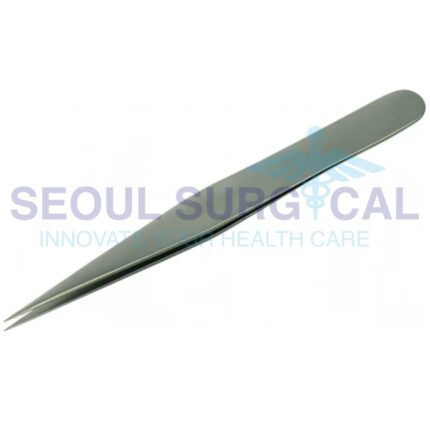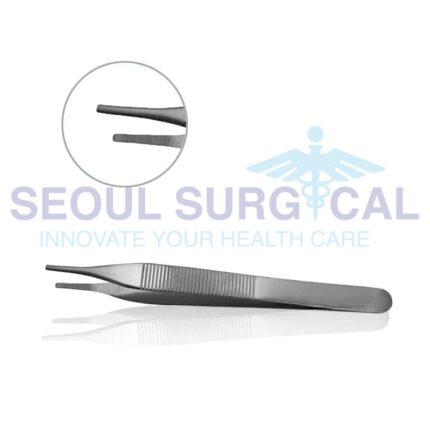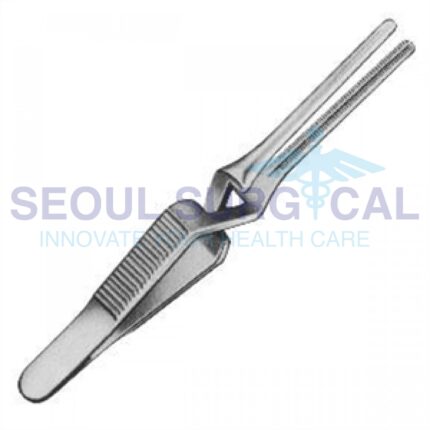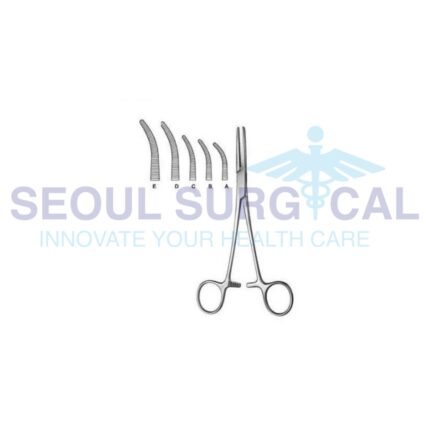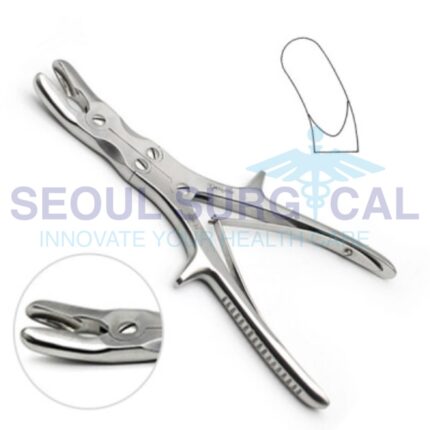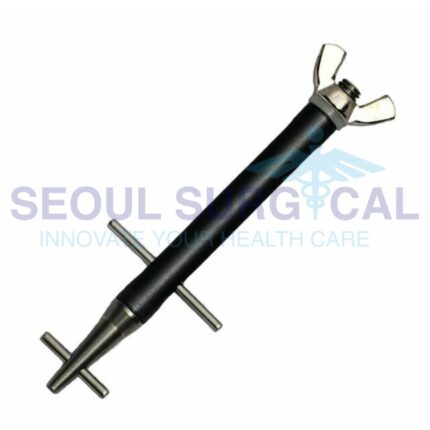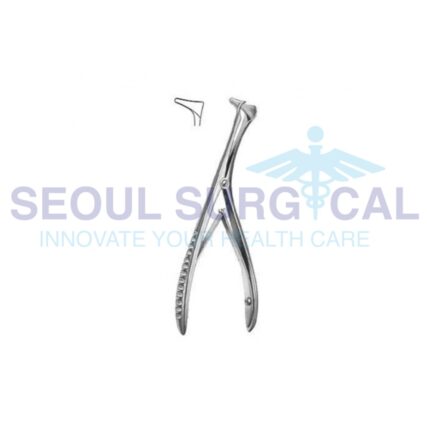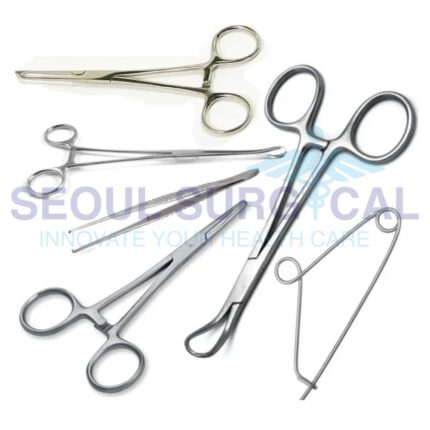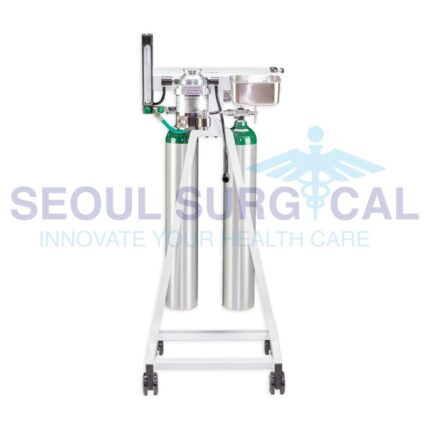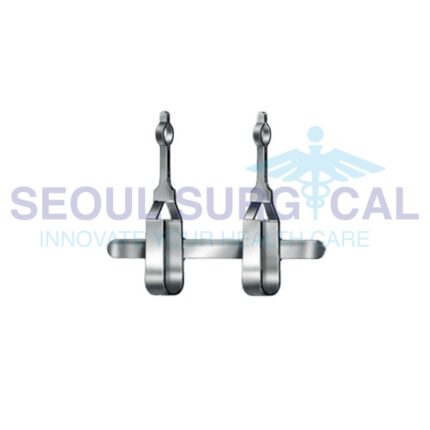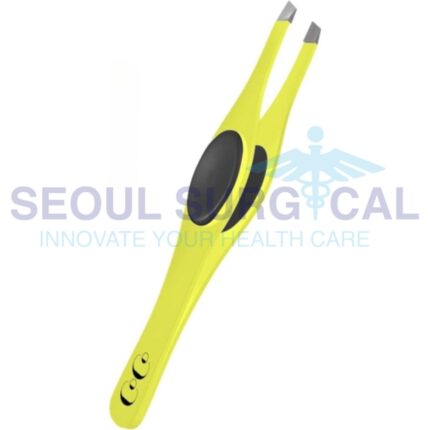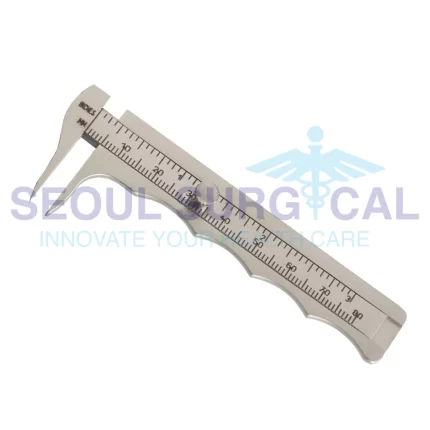Beyond Tweezers: Exploring Jeweler Type Forceps for Intricate Jewelry Work
Beyond Tweezers: The Role of Splinter Forceps in Dermatological Procedures
When using splinter forceps, it's important to follow proper hygiene practices and clean the forceps before and after each use. Sterilization may be necessary, especially in clinical settings, to prevent infection. Splinter forceps are a handy tool for prompt and precise removal of foreign bodies, providing relief and preventing potential complications associated with embedded objects in the skin.
Bite and Hold: Bulldog Clamps in Cardiovascular and Neurosurgical Procedures
These clamps are typically made of stainless steel for durability and are sterilized before use in surgical procedures. The choice of bulldog clamp depends on the type of vessel being occluded, the surgical procedure, and the surgeon's preferences. Bulldog clamps play a crucial role in vascular and cardiac surgeries by allowing surgeons to temporarily interrupt blood flow, facilitating precise and controlled interventions while minimizing blood loss.
Bloodless Precision: The Art and Science of Haemostatic Forceps in Surgical Practice
Hemostatic forceps are typically made of high-quality surgical stainless steel, allowing for repeated sterilization. The choice of hemostatic forceps depends on the specific surgical procedure, the size of the vessels being clamped, and the surgeon's preferences. These forceps are an essential component of any surgical toolkit, ensuring that bleeding is effectively controlled during surgical interventions.
Bones and Beyond: Essential Tools for Orthopedic Care
Orthopedic surgeons use these instruments for a variety of procedures, including joint replacements, fracture repairs, ligament reconstructions, and arthroscopic surgeries. These instruments are carefully selected based on the specific surgical technique and the anatomical structures involved. The goal is to achieve optimal outcomes in the treatment of orthopedic conditions and injuries.
Bones and Beyond: Navigating the World of Orthopedic Surgical Instruments
Orthopedic instruments are crucial for a wide range of orthopedic procedures, including joint replacements, fracture repairs, ligament reconstructions, and arthroscopic surgeries. These instruments are carefully selected based on the specific surgical technique and the anatomical structures involved. Orthopedic surgeons and their teams rely on these instruments to provide effective and precise care for patients with musculoskeletal conditions.
Breathing Easier: Navigating Rhinology Instruments in Nasal Care
These instruments are essential for diagnosing and treating various nasal and sinus conditions, including nasal congestion, sinusitis, nasal polyps, and structural abnormalities. Rhinology procedures often involve a combination of diagnostic and therapeutic techniques, and the choice of instruments depends on the specific nature of the condition being addressed.
Breathing Easy: A Comprehensive Guide to Tracheotomy Procedures
Tracheotomy is a well-established and potentially life-saving procedure performed by trained healthcare professionals. It is commonly done in a controlled medical setting, and postoperative care is crucial for the well-being of the patient. The decision to perform a tracheotomy is based on the specific medical needs of the individual patient.
Breathing Easy: Essential Tools in the World of Anesthesia Equipment
Anesthesia equipment is carefully maintained and calibrated to ensure the safety and well-being of patients undergoing surgery or medical procedures. Anesthesia providers, including anesthesiologists and nurse anesthetists, are trained to use these instruments effectively and monitor patients closely throughout the perioperative period.
Bringing Edges Together: Exploring the Art of Surgical Approximation
The choice of a specific surgical approximator depends on the nature of the surgery, the type and location of tissues being approximated, and the surgeon's preference. Surgical approximators play a crucial role in promoting proper wound healing, reducing the risk of infection, and minimizing scarring.
BrowPerfection: Expertly Crafted Beauty Tweezers for Flawless Arch
Calibrated Accuracy: Navigating the World of Surgical Calipers in Surgery
Surgical calipers are made from materials such as stainless steel to ensure durability and sterility. They play a crucial role in achieving accuracy and precision during surgical procedures, contributing to successful outcomes and patient safety. The specific type of caliper used depends on the surgical specialty and the nature of the measurements required.

